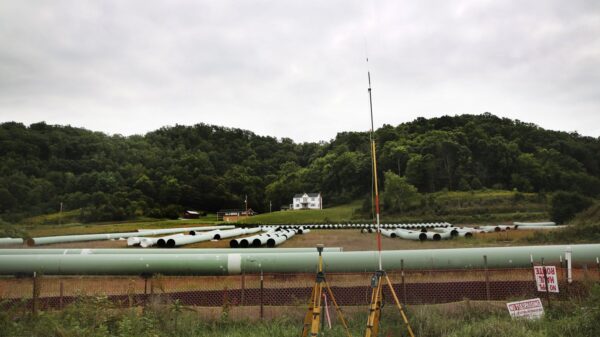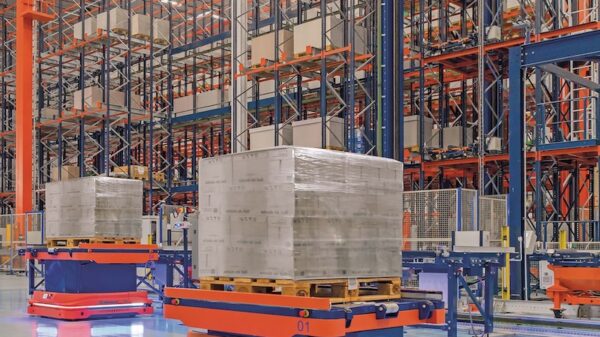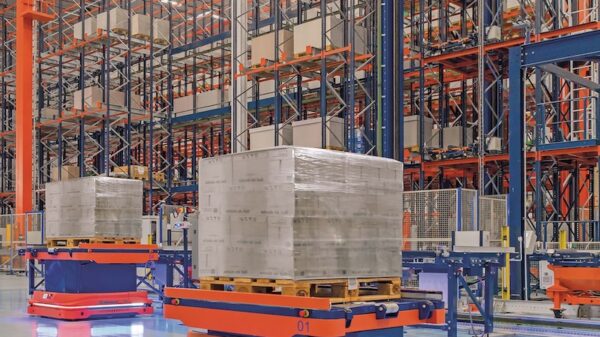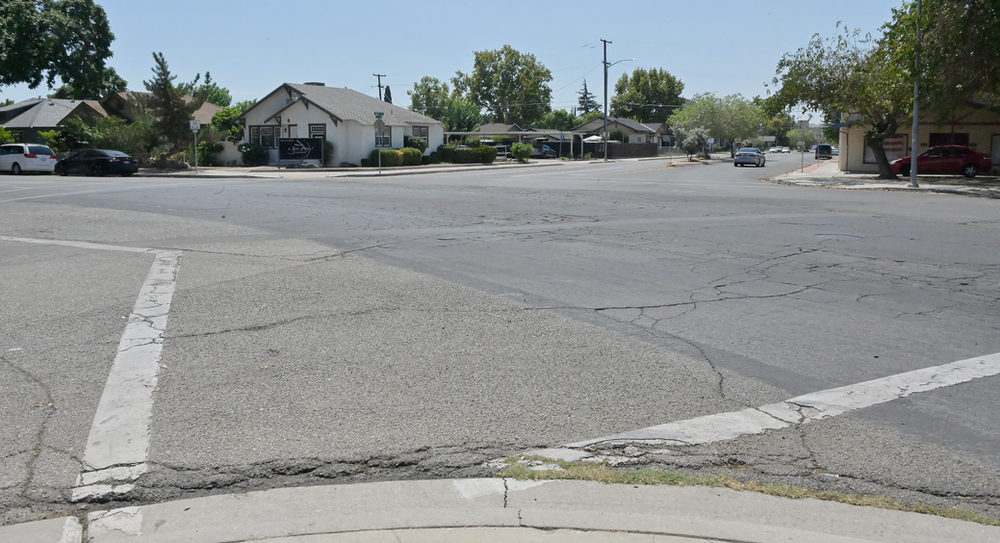Traffic congestion is set to decrease at a key intersection in Central Madera following a decision by the city council. On March 12, 2024, members approved plans to construct a roundabout at the intersection of Lake Street, Fourth Street, and Central Avenue. The initiative aims to improve traffic flow and enhance pedestrian safety in a busy area that has seen increasing vehicle and foot traffic.
The council’s direction came after a thorough presentation by Jonathan Gramajo, Senior Civil Engineer for the City of Madera. He outlined findings from an updated intersection control evaluation report conducted in collaboration with the engineering firm GHD. The report indicated that the existing intersection design contributed to significant congestion during peak hours, as well as a heightened risk of pedestrian accidents.
Details of the Upgrade
The proposed roundabout is anticipated to significantly reduce delays at the intersection, particularly during high-traffic periods. By facilitating smoother transitions for vehicles, the roundabout is expected to improve overall traffic management. Furthermore, the design is expected to lower the potential for pedestrian injuries, a critical consideration given the heavy foot traffic in the area.
The council’s decision reflects a growing recognition of the need for modern infrastructure solutions in urban settings. As cities evolve, adapting traffic systems to accommodate both vehicle and pedestrian needs has become increasingly important.
Future Considerations
As the project moves forward, residents of Madera and local businesses are likely to benefit from improved accessibility and safety. The timeline for the roundabout’s construction has yet to be announced, but city officials have expressed optimism about the positive impact it will have on the community.
With this upgrade, the Madera City Council continues its commitment to enhancing urban living conditions, ensuring that the city’s infrastructure keeps pace with its growing population and traffic demands. Such initiatives not only address current issues but also lay the groundwork for a more efficient and safer transportation network in the future.





































































